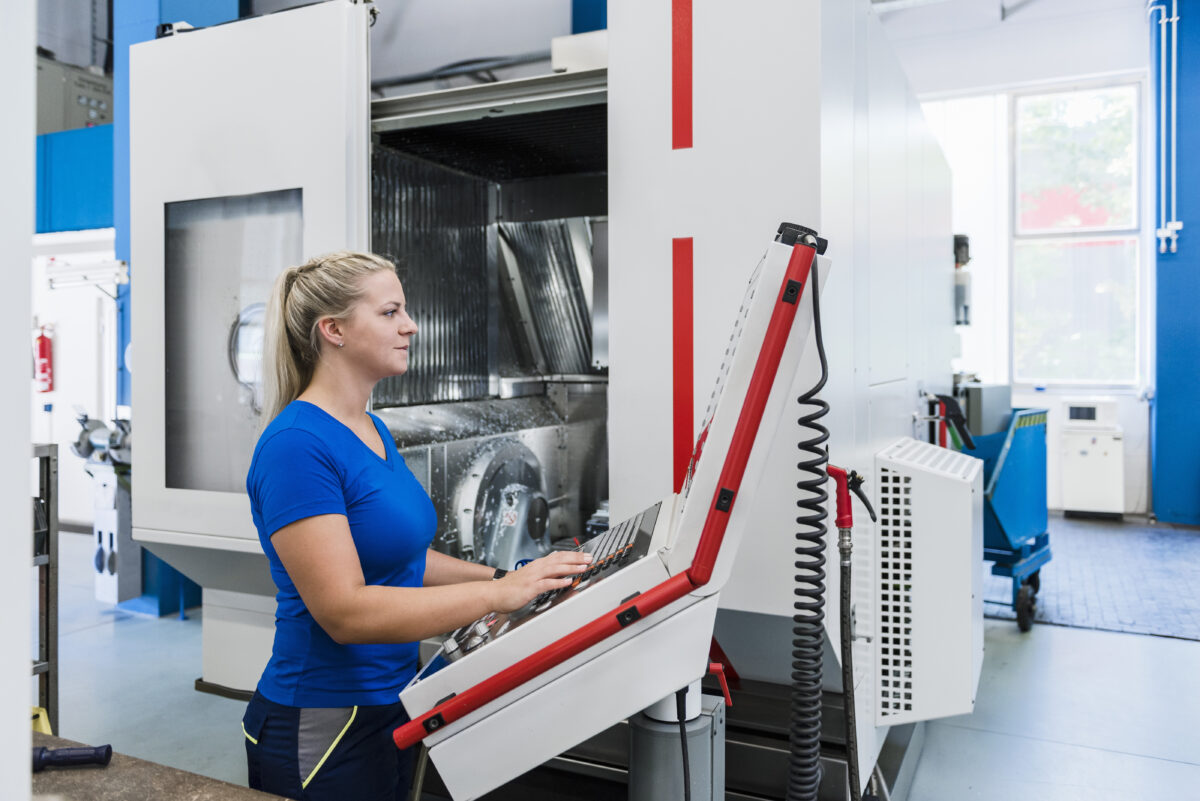Quality control in industrial manufacturing is not solely about machines and processes. It’s also about the people who form the backbone of the production chain.
This article explores the critical role of the human element in quality control, emphasizing the importance of employee engagement, training, and fostering a culture that values excellence.
10 Ways To Encourage Employee Engagement In Quality Control

Quality control in industrial manufacturing is not solely about machines and processes. It’s also about the people who form the backbone of the production chain. Furthermore, while technologies and automated systems play a crucial role in detecting defects and ensuring precision, the trained eyes, skilled hands, and thoughtful minds of human workers contribute a unique dimension to the quality assurance process.
1 – Lead by example
The human element in quality control extends beyond the production floor to encompass every level of the organization. Managers and leaders are crucial in setting the tone for a quality-conscious culture, and they can do so in the following ways:
- Leading by example
- Demonstrating a commitment to excellence,
- Actively engaging with employees
2 – Encourage employee engagement
Employee engagement is a cornerstone of effective quality control. When employees actively engage in the production and quality processes, they become invested stakeholders in the company’s success. This engagement goes beyond mere adherence to protocols; it involves instilling a sense of responsibility and pride in each team member for the quality of the products they contribute to creating.
3 – Clearly outline expectations
The importance of communication in quality control cannot be overstated. Employees should be well-informed about the significance of their roles in maintaining high production standards. In addition, open lines of communication, from top management down to the shop floor, create a collaborative atmosphere where everyone understands their contribution to the larger goal of delivering quality products to customers.
4 – Invest in employee training
A crucial aspect of the human element in quality control is the knowledge and skill set of the workforce. As such, if your employees are well-trained, they won’t be just cogs in the machinery but experts who can identify nuances and potential issues that automated systems might overlook. Training programs focused on quality assurance empower your employees with the tools and knowledge to ensure that every product meets or exceeds the established standards.
Imagine a scenario where an employee on the assembly line not only understands the product’s technical specifications but also appreciates its significance in the larger context of customer satisfaction. This level of awareness transforms the employee from a task performer to a quality ambassador, actively contributing to the company’s commitment to excellence.
5 – Invest in continuous training
Employee training should be a process that evolves with technological advancements and changing industry standards. It should not be a one-time event. Regular training sessions keep the workforce updated on the latest quality control methodologies, emerging technologies, and best practices.

This continuous learning approach ensures that employees remain at the forefront of quality assurance and adapt to new challenges.
6 – Encourage employees to speak up
Fostering a culture that values and prioritizes quality is essential for harnessing the full potential of the human element in quality control. This involves creating an environment where employees feel empowered to voice concerns, suggest improvements, and actively participate in the decision-making processes related to quality assurance.

7 – Recognize and reward employees
Recognition and appreciation are pivotal in nurturing the human element in quality control. When your employees feel acknowledged for their efforts in upholding quality standards, it:
- Boosts morale
- Reinforces the importance of their role in the company’s success
You can recognize employees in various ways, from verbal appreciation to tangible rewards, and create a positive feedback loop that motivates them to excel in their quality control duties.
8 – Involve employees in decision making
Moreover, involving employees in decision-making processes related to quality control initiatives instills a sense of ownership. When employees have a say in the strategies and methodologies adopted for quality assurance, they feel a deeper connection to the outcome. This collaborative approach:
- Taps into the collective wisdom of the workforce
- Fosters a culture of continuous improvement
In conclusion, the human element is not a variable to be controlled in quality control. It’s an asset to be nurtured and harnessed. Employee engagement, training, and the creation of a quality-centric culture are not mere HR initiatives. They are strategic investments in the company’s long-term success. As such, when you empower, inform and motivate your employees, they become collectively committed to excellence.
Build Your First Quality Control Checklist
Ensure front-line teams do their work correctly every time. Drag & drop digital procedures that unlock operational excellence.
Build and deploy enterprise-grade mobile applications in seconds using an easy drag-and-drop no-code builder.
FAT FINGER uses machine learning to coach app users in real-time to make safer and improved decisions.
Try building your digital procedure on FAT FINGER for free @ www.fatfinger.io


